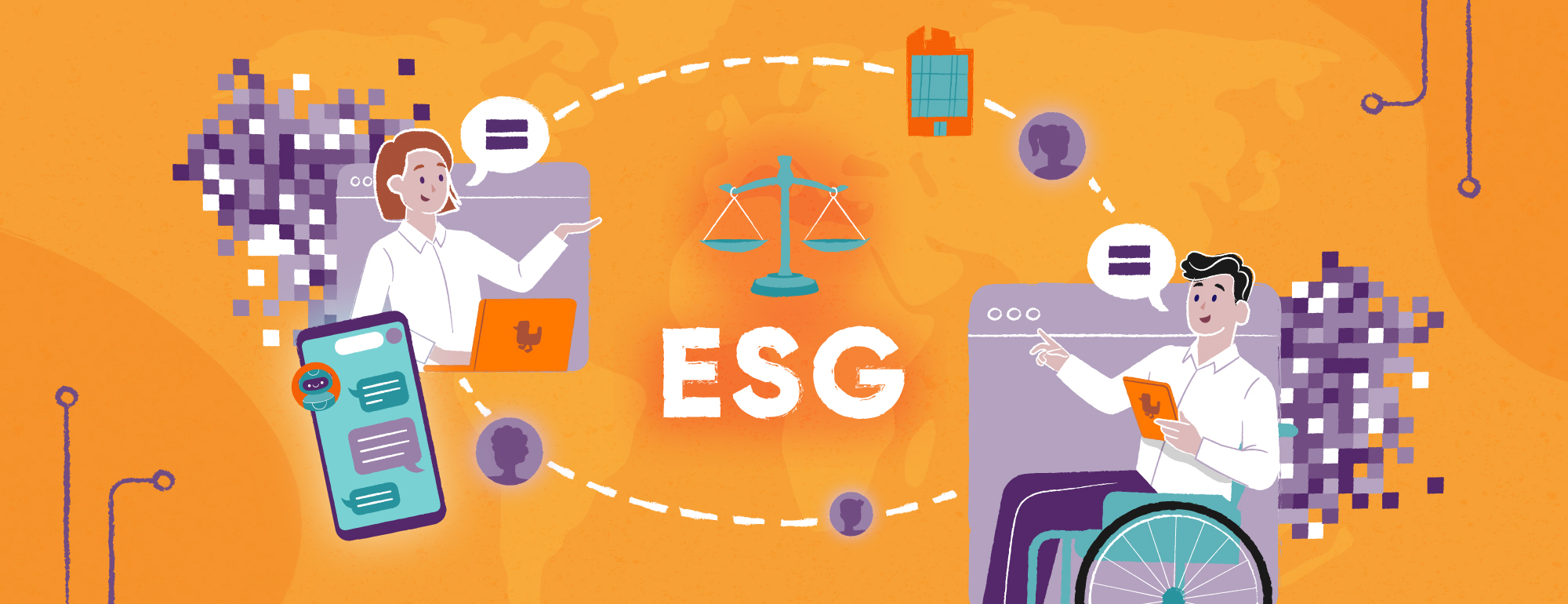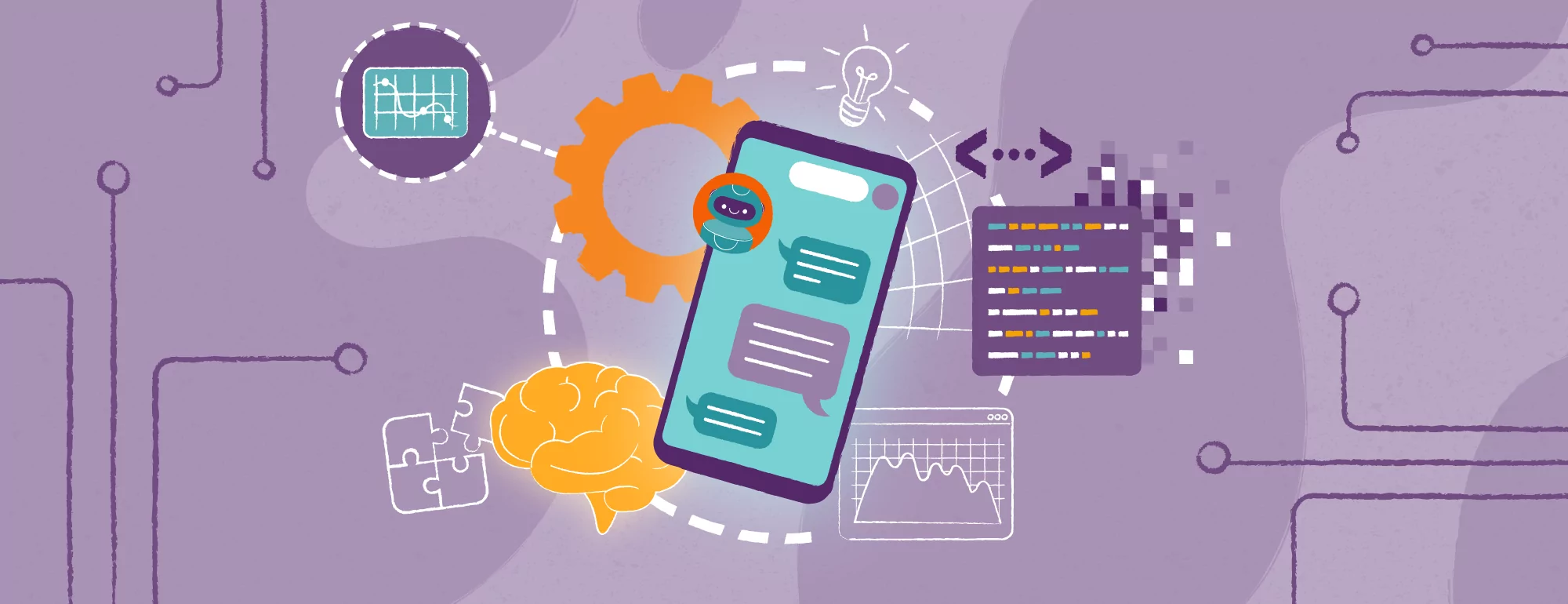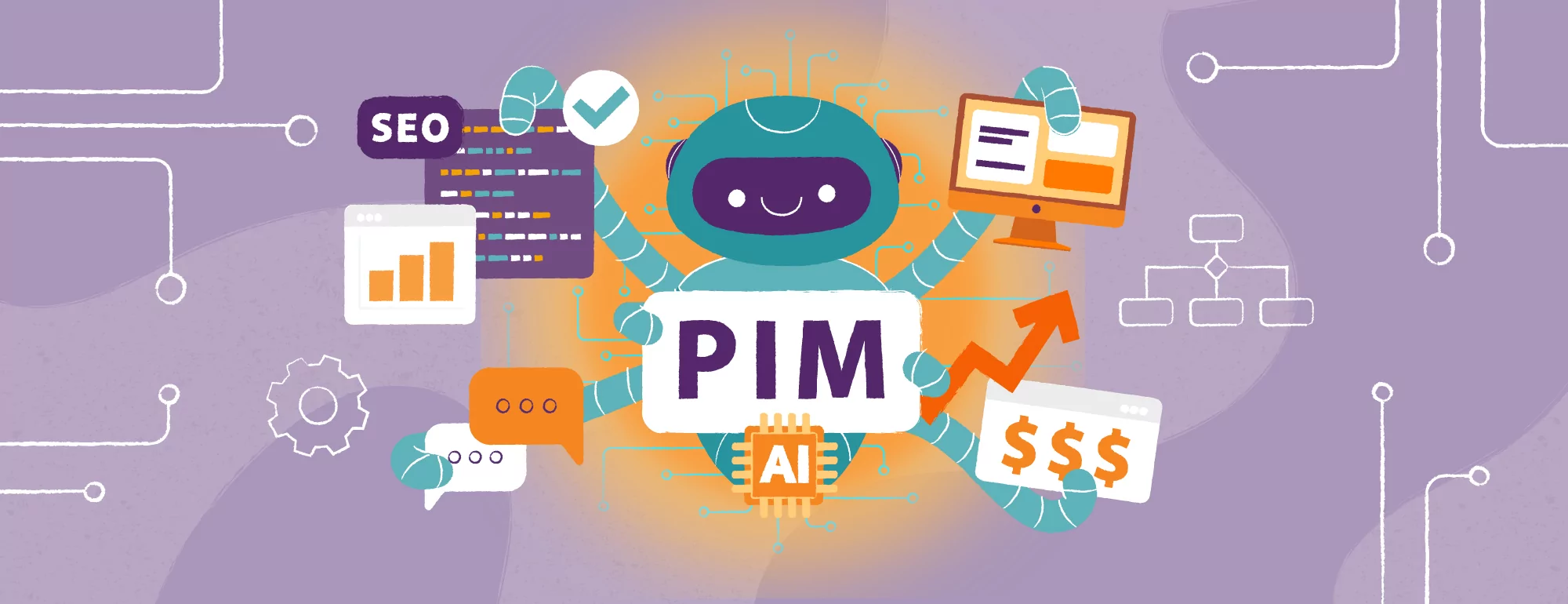The Role of AI in E-Commerce: From Personalization to Logistics
Artificial intelligence is increasingly shaping the future of online commerce. For e-commerce businesses, this means more than just saving time and costs; it enables them to gain a competitive edge through personalization and faster market responsiveness.
This article is tailored for professionals in the e-commerce industry looking to understand the practical applications of AI. It explores the most critical use cases, from personalized product offerings and customer service to logistics and marketing, highlighted with real-world examples of how AI supports the daily operations of online stores.
The Role of AI in E-Commerce
Artificial intelligence is no longer an experimental technology reserved for the largest tech giants. Today, it has become a core component of digital business transformation. According to a report by NVIDIA, 89% of companies are either actively using AI or running pilot projects (up from 82% in 2023). Notably, 87% of organizations reported a positive impact on annual revenue, while 94% saw a real reduction in operational costs. Furthermore, 97% plan to increase their AI budgets in the next fiscal year, proving that AI is now a major driver of growth and competitive advantage.
Why AI Matters in E-Commerce
AI helps address common e-commerce challenges such as cart abandonment, overloaded support teams, and poor inventory management. The right AI tools can reduce customer churn, streamline operations, and enable personalized shopping experiences, all of which translate to higher customer satisfaction and increased sales.
Personalization is a key motivator for adopting AI in e-commerce. While McKinsey research shows that most retailers consider personalization a top priority, only 15% have fully implemented it across all channels. Yet omnichannel personalization campaigns can increase revenue and retention by 10 to 15%.
Top AI Applications in E-Commerce
Explore how AI tools are driving personalization, automating customer interactions, and improving logistics efficiency, and why these innovations are now essential for staying competitive in e-commerce.
Personalization and Recommendation Engines
The key to building customer loyalty is tailoring product offerings to individual preferences. Recommendation engines analyze customer data and use machine learning to suggest products that match personal tastes. Generative AI tools can generate customized recommendations based on user input, so instead of browsing hundreds of items, users answer a few questions and the algorithm returns the most relevant options. For example, Zalando’s virtual stylist uses preferences to build curated outfit sets.
Personalization also extends to content. Generative AI can rewrite dry, technical product descriptions into language tailored for different audience segments, for example describing the same laptop differently for a gamer versus a remote worker. In marketing campaigns, AI auto-generates personalized emails and social media posts based on shopping history and customer interests.
Customer Service and Chatbots
Early chatbots were basic, script-driven programs that answered frequently asked questions. But since 2024, we have entered the era of generative AI-powered assistants. Modern bots use large language models (such as ChatGPT 5) and Retrieval-Augmented Generation (RAG) to create human-like interactions deeply integrated into the sales process.
By connecting with product databases, CRMs, and inventory systems, bots can share real-time information about stock availability, order status, and delivery timelines. Crucially, they learn from interactions, analyzing questions, recognizing sentiment, and updating knowledge bases accordingly. They are also omnichannel. The same bot can operate across a store’s website, mobile app, messaging platforms, and voice channels.
Advanced chatbots now act as virtual concierges. They ask about preferences, recommend products, and even offer discounts if they detect hesitation during checkout. In fact, data shows that up to 15% of AI-led conversations result in a purchase, proving that bots are becoming real sales agents, not just information tools.
Operations and Logistics
AI streamlines inventory management, demand forecasting, and dynamic pricing. Algorithms adjust prices in real time by analyzing sales history, customer behavior, and market trends. Retail giants like Amazon, Target, and Walmart use generative AI to refine logistics operations.
Target leverages social media and purchase trend data to restock quickly and avoid empty shelves. Walmart combines sales data with external factors like weather or holidays to forecast demand and simulate logistics scenarios using digital twins of its warehouses. In Poland, automated warehouse tools sort and pack parcels using robots.
Content Creation and Marketing
Generative AI enables large-scale content production. Natural Language Processing (NLP) tools generate product descriptions, blog posts, and social media content, freeing up marketers’ time. Some platforms now allow AI to answer product-related questions and generate how-to article libraries from existing documentation. Generative visual models can also create banners, product images, and branded graphics from simple prompts.
Product Information Management (PIM) systems play a growing role here. AI-powered PIM software can auto-generate product descriptions based on structured attributes, translate and localize them for different markets, and accelerate time-to-market while maintaining cross-channel consistency.
AI also automates marketing campaigns, generating SEO-optimized content, personalized emails, and targeted ads for different customer segments, as well as translating messages for global audiences. This allows marketers to focus on strategy while automating routine tasks.
Security and Moderation
AI supports content moderation and fraud prevention. Classification algorithms detect spam, fake reviews, and inappropriate forum posts. Marketplace moderation tools help identify counterfeit products, enabling stores to protect their reputations and build customer trust.
Challenges and Ethics
AI offers significant benefits but also brings challenges. It requires large volumes of high-quality data. Flawed, biased, or incomplete data leads to faulty recommendations. Generative models can hallucinate and produce false information, which is why human oversight remains essential.
It is also critical to comply with data privacy regulations, be transparent about AI usage, and ensure diverse training data to avoid bias. Businesses should monitor AI’s environmental impact, such as energy use, and choose energy-efficient solutions where possible.
Conclusion
AI is reshaping e-commerce across the board, from personalized recommendations and smart customer service to logistics optimization.
E-commerce brands that begin experimenting with AI today will gain a competitive edge by offering faster, more personalized, and more efficient shopping experiences.








